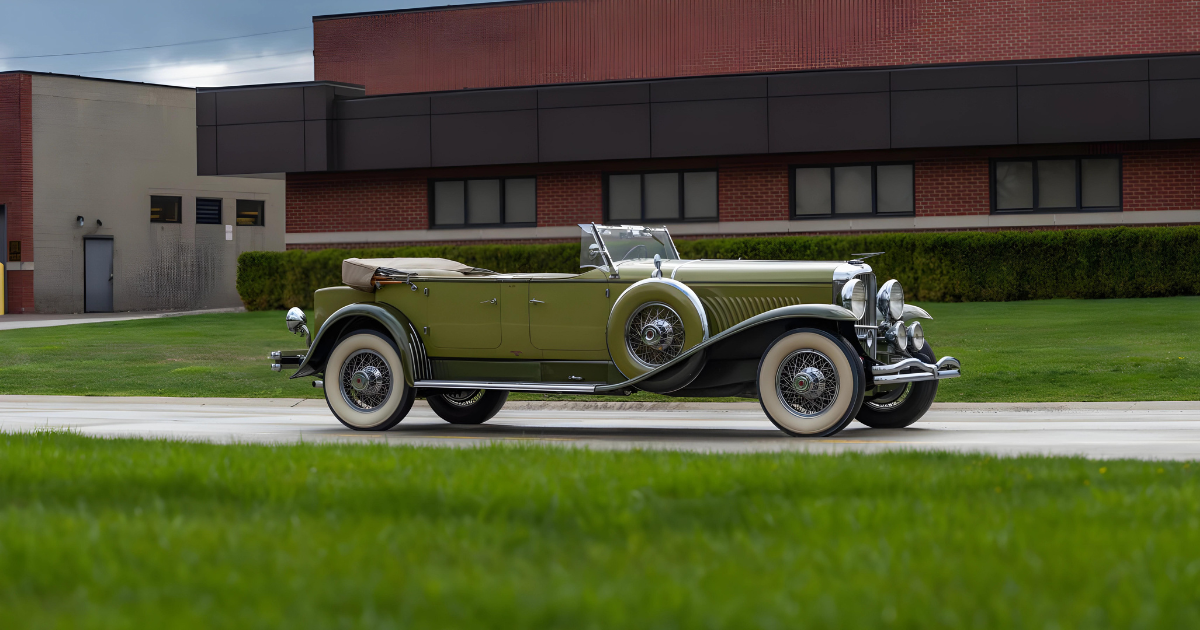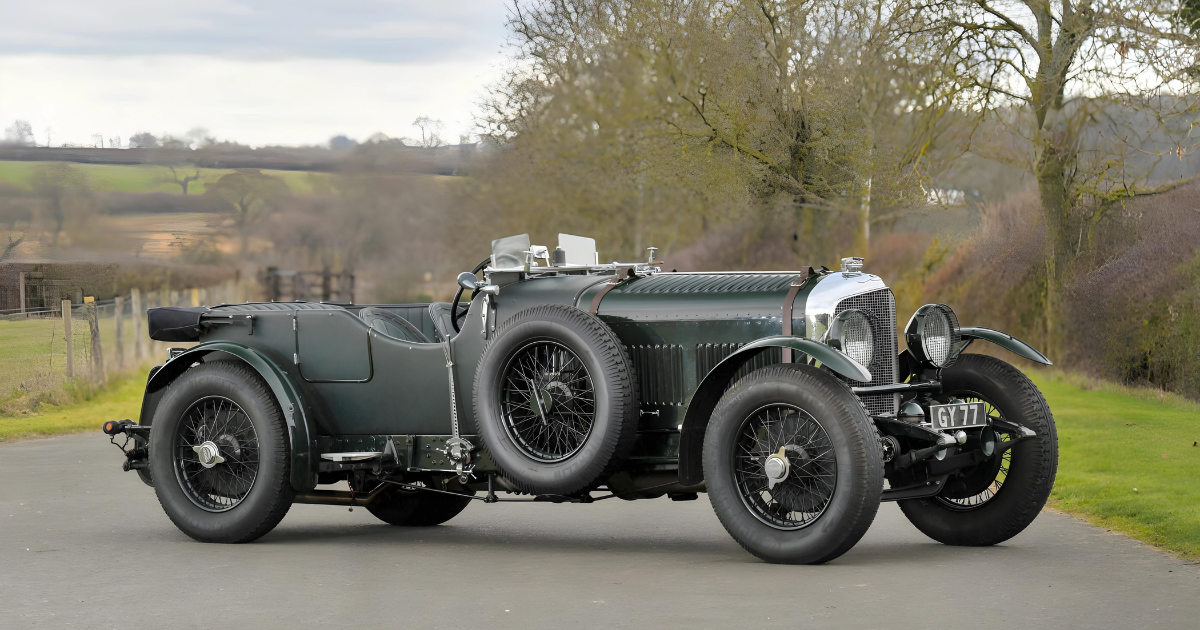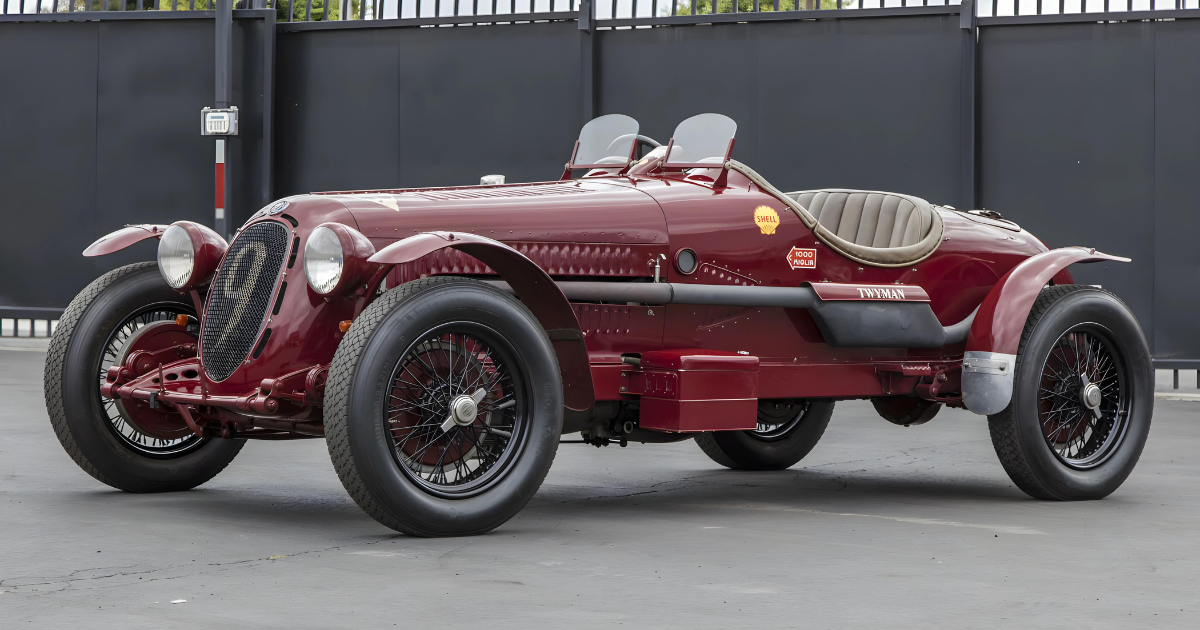
Duesenberg, a respected name in cars, was famous for making powerful engines and racing cars. In the early 1920s, they took a big step into making regular cars. The result was the amazing Duesenberg Model A. It proved their skill in racing and left a lasting mark on how cars were made.

For nearly a decade, Duesenberg had exclusively focused on the production of racing cars and engines, establishing a formidable reputation in the competitive world of motorsports. However, the advent of the 1920s ushered in a new chapter for the company as they ventured into the design and production of road-worthy automobiles.

The Duesenberg Model A emerged as a departure from the conventional engineering practices of its time. One of its most distinctive features was the remarkably low chassis, a design choice that not only contributed to the car’s aesthetic appeal but also hinted at its high-performance capabilities. The chassis incorporated lightweight axles, showcasing a commitment to innovative design and advanced engineering.

The Model A stood out with a big innovation – it had the first-ever four-wheel hydraulic brakes. This advanced system was a major step in making cars safer and easier to control. It showed that Duesenberg was serious about using cutting-edge technology. Later on, this smart brake idea became standard in all cars, showing how the Model A made a lasting difference in the car world.

The Model A featured a powerful engine inspired by Duesenberg’s racing expertise. Sporting an overhead cam and lightweight design, it closely resembled an enlarged version of their successful Grand Prix racing engine. This high-performance powerplant not only impressed with its speed but also showcased the smooth incorporation of racing technology into a car made for the road.

The attention to detail extended to the Model A’s aesthetic elements. The inclusion of substantial knock-off wire wheels and a radiator with racing aesthetics added to the overall allure of the vehicle. These design choices not only underscored Duesenberg’s commitment to excellence but also contributed to the Model A’s distinctive and timeless character.

Around 500 Duesenberg Model A units were made, and today, only about 40 of these pioneering cars still exist. Unlike the later and more famous Model J Duesenberg, the Model A embodies the authentic Duesenberg design philosophy. It was a vehicle conceived from scratch, reflecting the creativity of its designers who aimed to fuse racing technology with the elegance of road-worthy cars.

The legacy of the Duesenberg Model A endures as a testament to the company’s ability to seamlessly transition from the racetrack to the road, leaving an indelible mark on automotive history. Each surviving Model A stands as a rare and cherished relic, a symbol of a pivotal era in Duesenberg’s evolution and a testament to their unwavering commitment to innovation and excellence.




